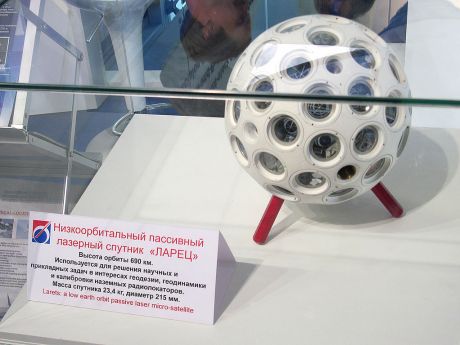The formation of constellations of microsatellites requires a broad
range of manoeuvring capabilities such as precise satellite positioning
as well as maintaining orientation. Inability to do this would cause it
to tumble along its orbit and its antennas would drift out of alignment
with Earth.
Chemical propulsion powers conventional rockets and satellites via a solid propellant. It is tempting to miniaturise the tried-and-trusted propulsion technique. However, the EU-funded project
PRECISE (Chemical-µpropulsion for an efficient and accurate control of satellites for space exploration) made progress in devising a more suitable form of propulsion for microsatellites.
The experimental system developed is inspired by micro-electromechanical systems (MEMS). This technology involves creating very small components, with features measured on the scale of micrometres. The small size and light weight of MEMS components make them ideal for the propulsion systems of microsatellites.
PRECISE partners fabricated such components in the form of silicon chips – much like the chips found in computers and other electronics. They were bonded together, allowing filters, heaters, thermal flow controllers, flow control and pressure relief valves to be sandwiched into compact units no larger than a one cent coin.
Valves in the micropropulsion system work by heating paraffin in closed cavities to increase its volume before expelling it through nozzles. Cavities were formed at the interface between chips to implement various designs of micro-catalysts for the decomposition of hydrazine and the therefrom, resultant thrust.
Lastly, multiple chips were mounted on top of one another. Equipped with sensors to control the paraffin flow by adjusting the power of the heaters in the bottom chip, the micro-chemical propulsion system (µCPS) provides thrust in the range of microNewtons up to several milliNewtons.
Before the end of the PRECISE project, a µCPS prototype was assembled. Moreover, it was extensively tested at a high vacuum plume test facility at the Deutsche Forschungsanstalt für Luft- und Raumfahrt (DLR). The testing results suggest that further development of the experimental µCPS is needed.
Nonetheless, the flexibility and compact size of MEMS technology make it a promising platform for future propulsion designs. Detailed engineering designs have already been drawn that meet the stringent requirements of two spacecrafts, Solar Sail and InspectorSat.

